The Adriatic coastline harbors two neighboring gems that frequently leave travelers struggling to choose between them. Croatia’s international prominence soared after Game of Thrones filming, while Montenegro – its smaller southern neighbor – quietly cultivates devoted admirers through unspoiled landscapes and relative obscurity.
Here is a list of 15 compelling factors that make choosing between these stunning Balkan destinations such a delightful dilemma for travelers seeking Mediterranean magic.
Historical Depth

Croatia boasts Roman amphitheaters and Venetian bell towers – tangible links to empires that shaped European history across millennia. Diocletian’s Palace in Split functions not as a roped-off relic but as a living city center where residents hang laundry from ancient Roman windows.
Montenegro counters with equally remarkable historical layers though on a more intimate scale – Kotor’s medieval walls climb dramatically up mountainsides while Ottoman influences remain visible throughout towns like Ulcinj. History buffs find themselves torn between Croatia’s more extensive sites and Montenegro’s less crowded historical treasures.
Budget Considerations

Your travel dollars stretch noticeably further in Montenegro, where prices remain significantly lower than its northern neighbor. A seafront meal in Budva might cost half what you’d pay for comparable quality in Dubrovnik – making extended stays feasible for travelers with limited funds.
Croatia’s tourism infrastructure commands premium prices during high season, especially in hotspots like Hvar and Dubrovnik, where cruise ship crowds drive costs upward. Budget-conscious travelers frequently choose Montenegro simply to enjoy longer stays without financial strain.
Beach Variety

Croatia’s coastline features over 1,200 islands, creating incredible diversity – from smooth white pebble beaches on Brač to hidden coves accessible only by boat around Vis. The famous Zlatni Rat beach changes shape with currents, creating a living landmark that never looks quite the same twice.
Montenegro packs remarkable variety into its compact 180-mile coastline – from the 8-mile sandy stretch at Velika Plaža to intimate stone beaches nestled against ancient village walls. The choice often comes down to Croatia’s island-hopping potential versus Montenegro’s more accessible beaches with finer sand.
Like Travel Pug’s content? Follow us on MSN
Crowd Factors
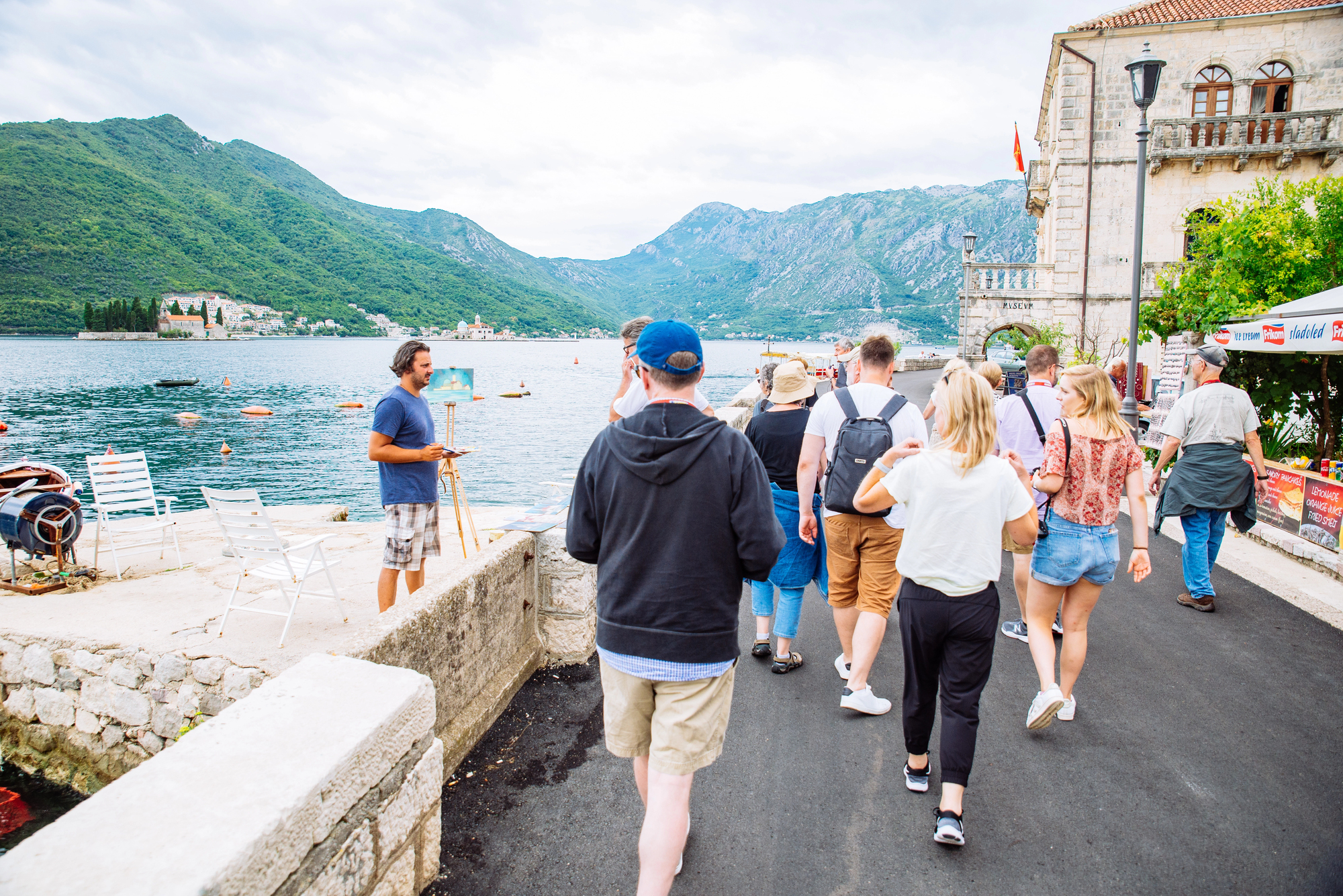
Peak season brings significant crowds to Croatia’s most famous destinations – Dubrovnik’s walled city sometimes feels more like a theme park than a living community in July and August. Finding solitude requires strategic timing or venturing to lesser-known regions like Istria’s interior.
Montenegro still flies somewhat under the radar – allowing visitors breathing room even during summer months, save for limited hotspots like Budva’s Stari Grad. Those seeking authentic local experiences without battling cruise ship crowds often lean toward Montenegro’s more relaxed atmosphere.
Mountain Landscapes
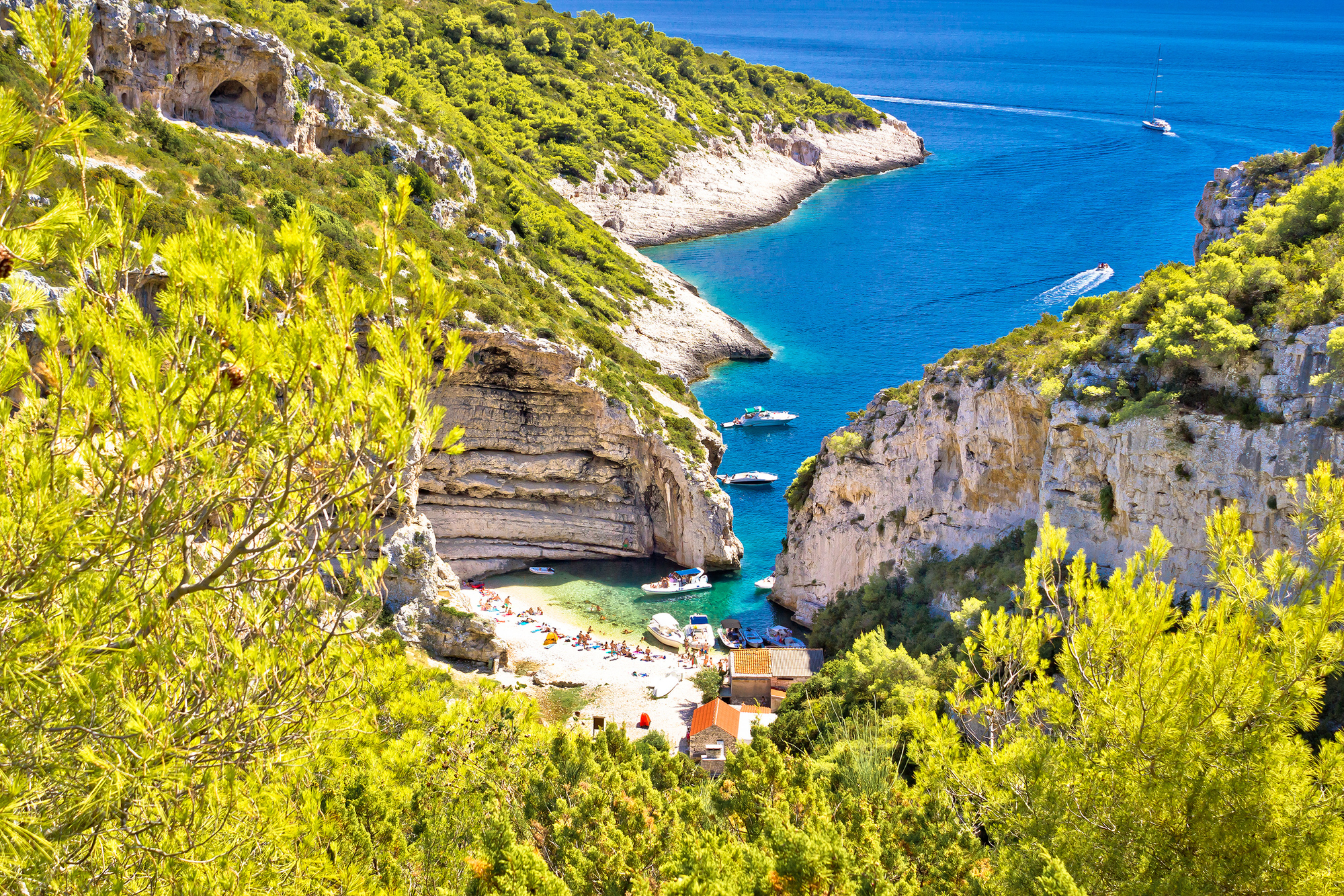
Montenegro’s name literally means ‘Black Mountain’ – a hint at the dramatic peaks that plunge spectacularly into azure waters, creating some of Europe’s most stunning coastal scenery. Lovcen National Park offers viewpoints where visitors can see both the Adriatic Sea and Lake Skadar from the same spot – a geographical marvel.
Croatia’s inland mountains like Velebit provide incredible hiking with sea views, though they generally don’t create the same immediate coastline drama. Landscape photographers often choose Montenegro specifically for these dramatic mountain-meets-sea vistas.
Island Experiences

Croatia’s constellation of islands constitutes one of Europe’s most remarkable archipelagos – from lavender-covered Hvar to remote Lastovo with its prohibition on excessive lighting to preserve night skies. Each island cultivates a distinct character through centuries of relative isolation.
Montenegro claims fewer islands but offers gems like Our Lady of the Rocks – a man-made island built by dropping stones from boats over centuries, creating an almost mystical origin story. Island enthusiasts inevitably gravitate toward Croatia’s unmatched variety.
Like Travel Pug’s content? Follow us on MSN
Cuisine Comparisons

Both countries share Adriatic seafood traditions though with subtle regional differences that delight culinary travelers. Croatia’s coastal cuisine incorporates more Italian influences – evident in dishes like crni rižot (black risotto colored with cuttlefish ink). Inland Croatian specialties feature Central European notes with hearty stews.
Montenegro’s food reflects more Ottoman heritage through dishes like cevapi (grilled minced meat) served alongside local cheeses from mountain villages. Food-focused travelers appreciate Montenegro’s generally lower prices while enjoying equally fresh seafood.
Natural Wonders
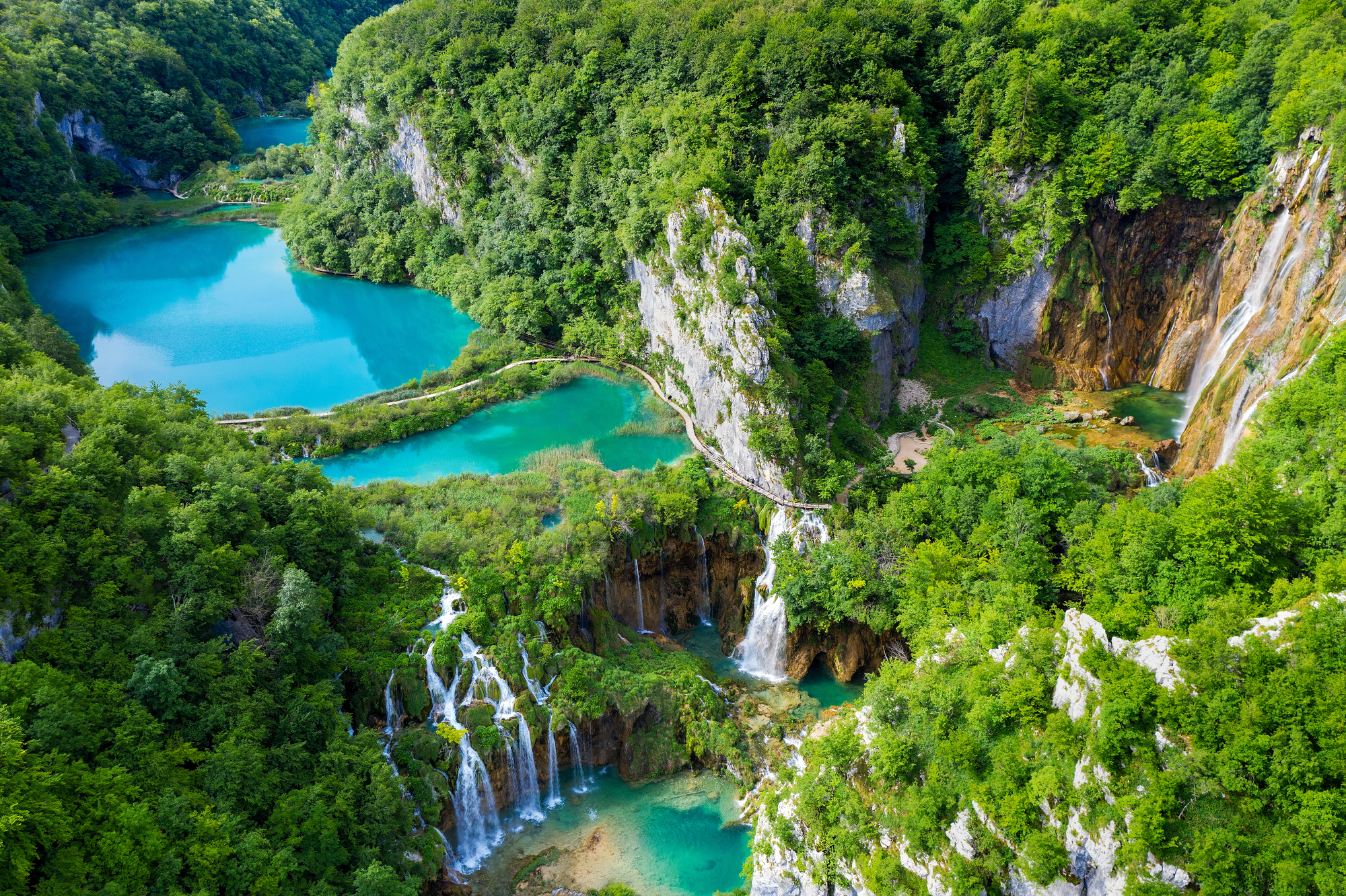
Plitvice Lakes National Park stands among Europe’s most extraordinary natural sites – Croatia’s crown jewel with tiered waterfalls connecting sixteen lakes in mesmerizing turquoise hues. Montenegro counters with Europe’s deepest canyon after the Grand Canyon – the Tara River gorge plunges 4,300 feet down, creating breathtaking vistas for rafters and hikers alike.
Lake Skadar – shared with Albania – represents Europe’s largest bird reserve, hosting hundreds of species in pristine wetlands. Nature lovers find compelling reasons to visit both countries.
Architectural Heritage

Dubrovnik’s perfectly preserved medieval walls create perhaps the Mediterranean’s most recognizable urban silhouette – an architectural masterpiece that justifiably draws worldwide attention. Less famous Croatian towns like Trogir showcase equally impressive preservation on more intimate scales.
Montenegro’s coastal towns like Perast display remarkable Venetian architecture without the associated crowds, while inland Orthodox monasteries perch dramatically on mountainsides or nestle in river canyons. Architecture enthusiasts appreciate Croatia’s more extensive preservation efforts alongside Montenegro’s less-restored authenticity.
Like Travel Pug’s content? Follow us on MSN
Wine Regions
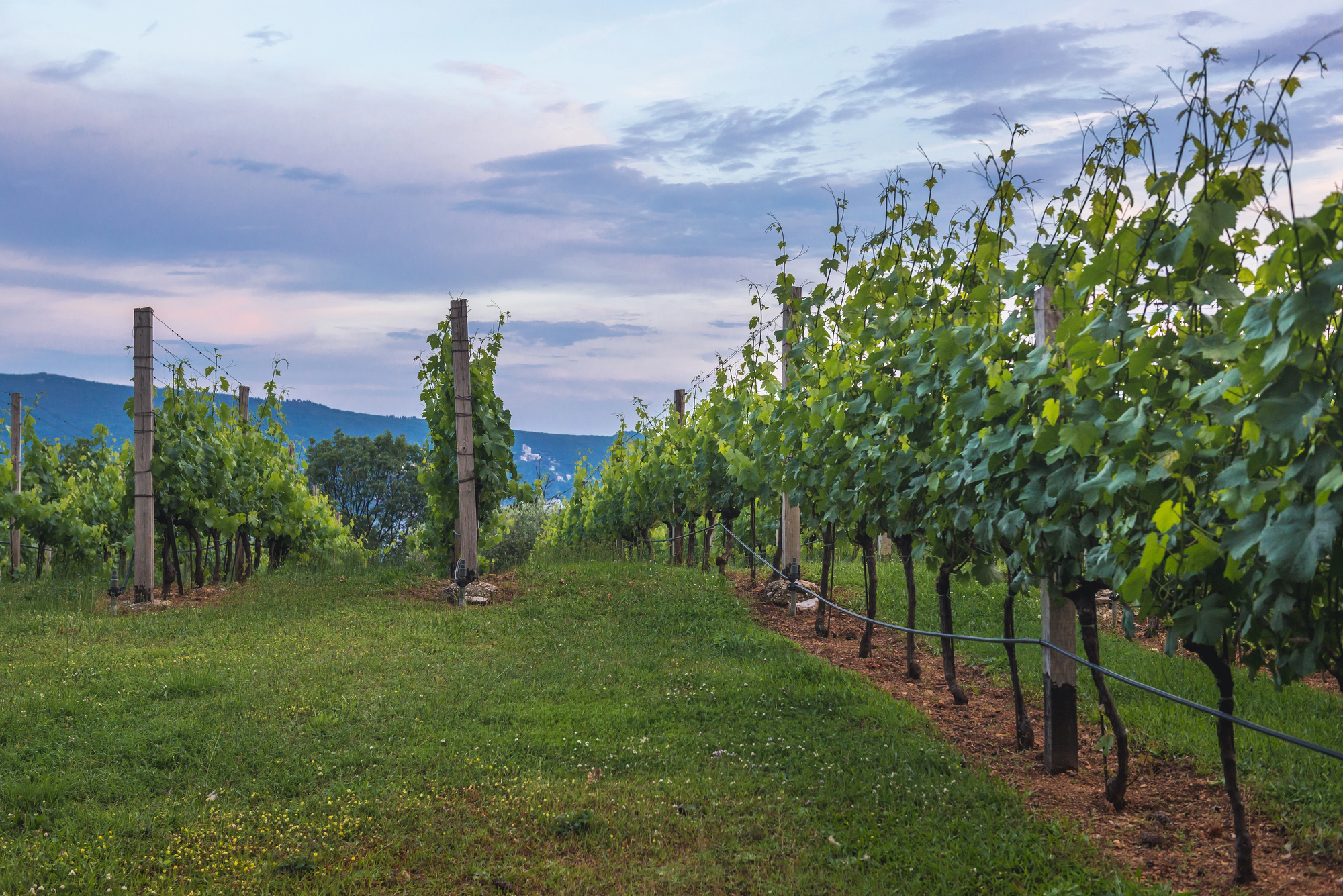
Croatia’s winemaking traditions date back 2,500 years with indigenous varieties like Plavac Mali (related to Zinfandel), creating distinctive regional expressions particularly on Pelješac Peninsula and Hvar. Vineyard tours through stone-terraced hillsides overlooking the Adriatic represent unforgettable tasting experiences. Montenegro’s wine industry centers around Vranac – a robust red grape producing powerful wines that pair perfectly with local grilled meats.
Montenegro’s Plantaže vineyard near Lake Skadar constitutes Europe’s largest single vineyard under one ownership. Wine enthusiasts find compelling reasons to explore both countries’ viticulture.
Coastal Towns
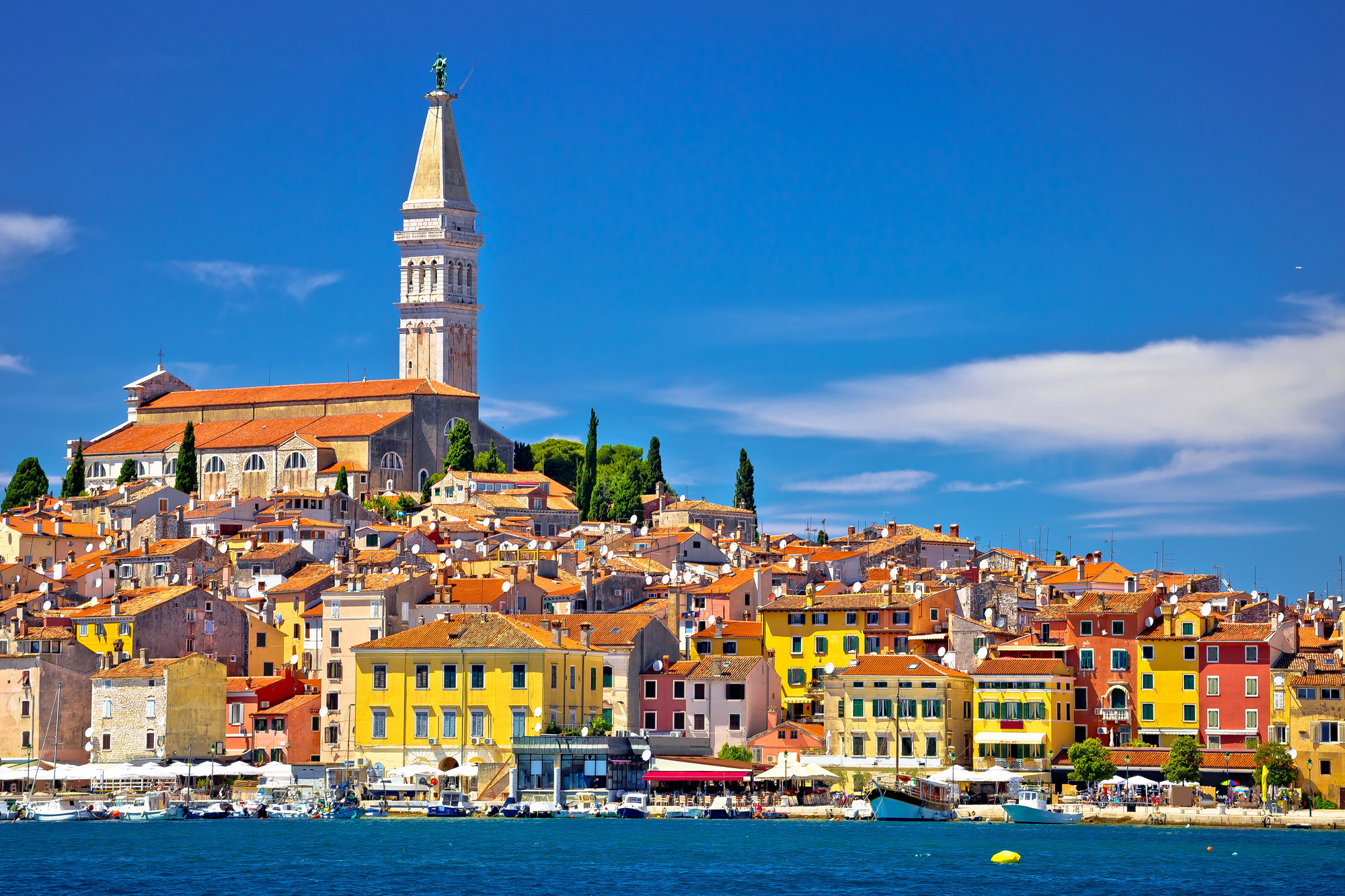
Croatia’s Dalmatian coastal towns follow a captivating pattern – Roman grid layouts overlaid with medieval adaptations, typically crowned by Venetian fortifications against Ottoman advances. Towns like Rovinj and Korčula showcase this layered history through narrow marble streets polished by centuries of footsteps.
Montenegro’s Bay of Kotor harbors perfectly preserved medieval towns like Perast, while Sveti Stefan represents one of the Mediterranean’s most photographed spots – a former fishing village converted entirely into a luxury resort on its own islet. Urban explorers find equal charm in both countries’ coastal settlements.
Adventure Opportunities
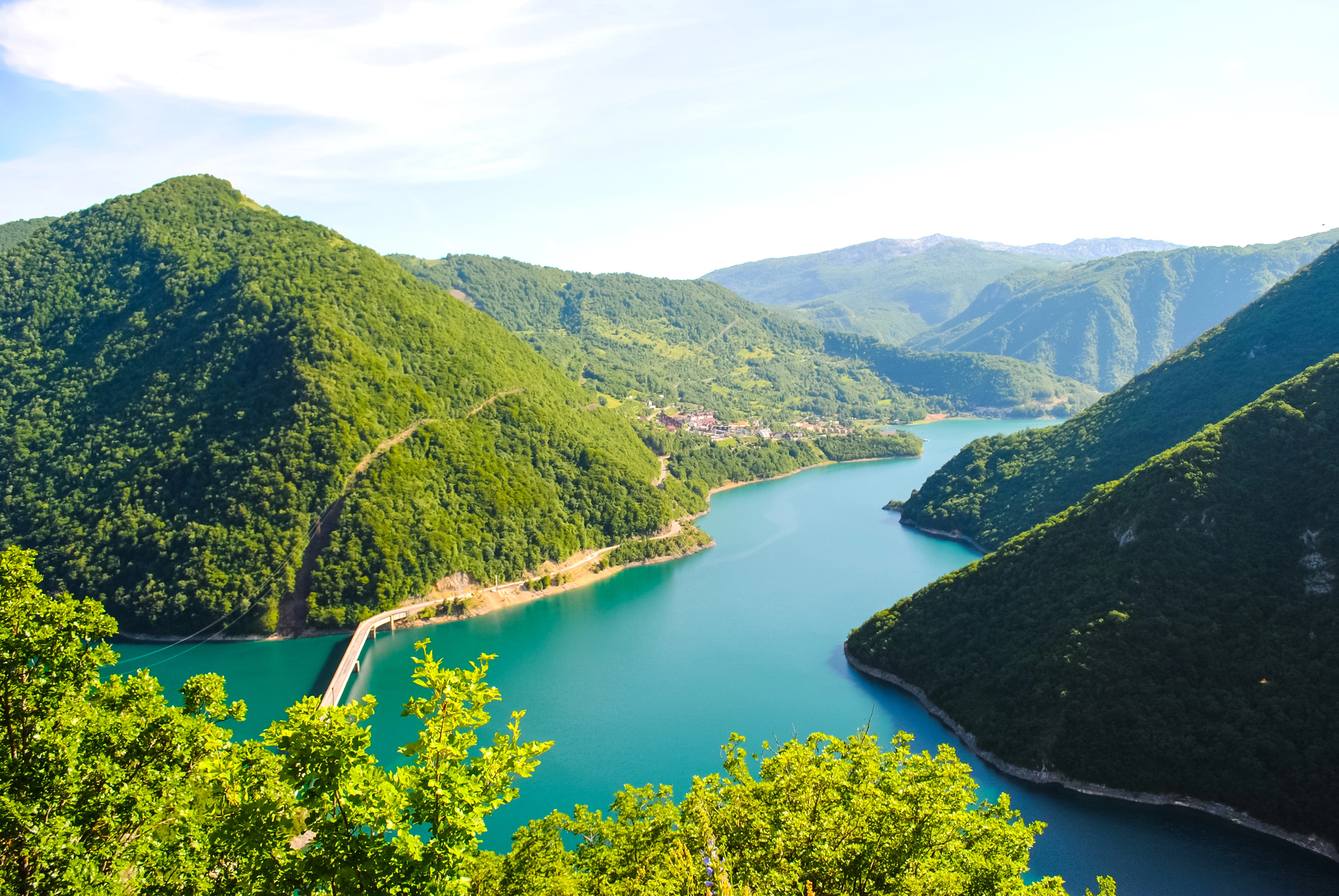
Montenegro packs remarkable adventure diversity into its compact territory – from world-class rafting on the Tara River to paragliding from mountain heights directly over coastal towns. The country’s dramatic topography creates natural adventure playgrounds where mountain biking, hiking, and water sports converge in close proximity.
Croatia offers exceptional sea kayaking through island archipelagos, sailing opportunities among hundreds of islands, and hiking through landscapes ranging from karst moonscapes to lush forests. Adrenaline seekers find both destinations equally compelling for different specialties.
Like Travel Pug’s content? Follow us on MSN
Local Welcome

Montenegrins display remarkable hospitality toward visitors – perhaps because mass tourism remains relatively new compared to Croatia’s decades-long experience with international guests. Encounters with locals often include invitations for home-brewed rakija (fruit brandy) or fresh produce from family gardens.
Croatia’s longer tourism history creates more professional service standards, though sometimes at the cost of spontaneous interactions. Travelers seeking authentic cultural connections may find Montenegro’s less commercialized approach more rewarding.
Cultural Festivals
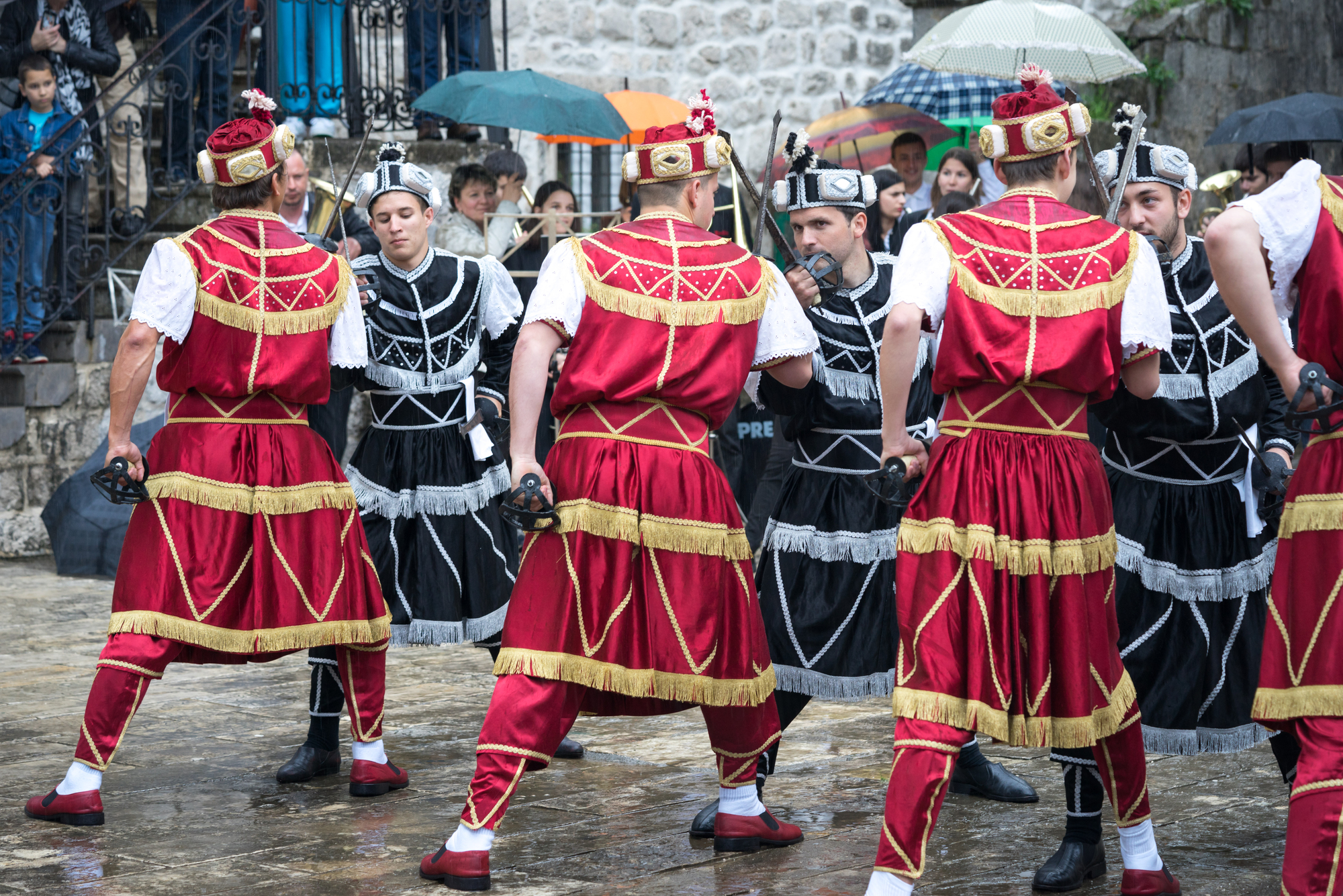
Croatia hosts internationally renowned events like the Ultra Europe music festival in Split and the Dubrovnik Summer Festival, featuring performances against historic backdrops. Traditional celebrations like Rijeka’s Carnival date back centuries while maintaining living cultural significance.
Montenegro’s cultural calendar features more locally-oriented celebrations – from the Mimosa Festival celebrating spring’s arrival in Herceg Novi to traditional music gatherings in mountain villages. Those seeking polished international events typically choose Croatia, while travelers interested in authentic local celebrations often prefer Montenegro.
Coastal Navigation
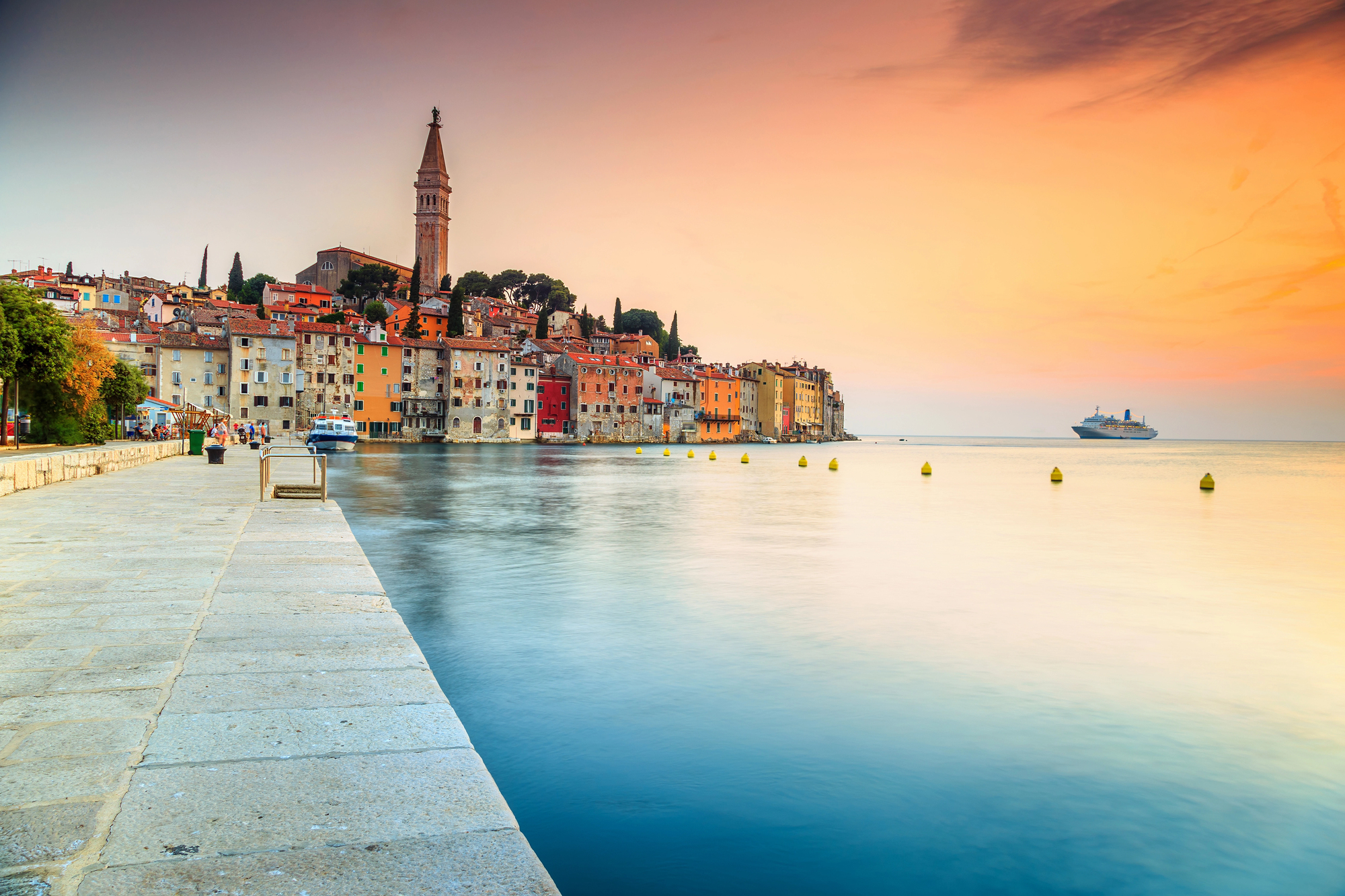
Croatia’s island-dotted coastline creates ideal sailing conditions – sheltered passages between islands provide perfect learning environments for novice sailors while offering endless exploration potential for experienced crews. The country’s well-developed marina infrastructure supports everything from bareboat charters to luxury yacht excursions.
Montenegro’s Bay of Kotor functions essentially as Europe’s southernmost fjord (though technically a submerged river canyon) – creating dramatic sailing experiences with mountains rising steeply from deep waters. Porto Montenegro in Tivat attracts superyachts with world-class facilities.
Sailing enthusiasts typically choose Croatia for its island variety or Montenegro for its dramatic coastal scenery.
Like Travel Pug’s content? Follow us on MSN
The Fortunate Dilemma

These neighboring Adriatic jewels don’t truly require choosing between them – their close proximity makes combining both countries into one journey entirely feasible. The fortunate dilemma these countries present isn’t really about selecting one over the other but rather allocating limited travel time between these complementary destinations.
Travelers who initially agonize over this choice often discover the perfect solution involves crossing the border to experience both countries’ distinctive charms. The contrast between Croatia’s more polished tourism experience and Montenegro’s rawer natural beauty creates the perfect Adriatic combination.
More from Travel Pug

- Cities Growing so Fast You Won’t Recognize Them in 10 Years
- 13 Destinations Where Tourists Regularly Regret Their Trip
- 20 Obscure WWII Sites Even History Buffs Don’t Know About
- 10 Under-the-Radar Mountain Towns That Are Both Affordable and Beautiful
- Remote Villages in Europe Where You Can Live for Free in Exchange for Work
Like Travel Pug’s content? Follow us on MSN
